order
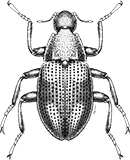
Coleoptera
“Adult Beetles”

Coleoptera
“Larval Beetles”

Diptera
“True Flies”

Ephemeroptera
“Mayflies”

Hemiptera
“True Bugs”

Lepidoptera
“Aquatic Caterpillars, Snout Moths”

Megaloptera
“Alderflies, Dobsonflies, and Fishflies”
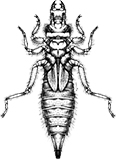
Odonata
“Dragonflies and Damselflies”

Plecoptera
“Stoneflies”

Trichoptera
“Caddisflies”
family
Pteronarcyidae
genus
Pteronarcys
“Giant Stoneflies”
Genus Overview
8 species in North America. Occur in various stream types. Very large stonefly that looks archaic and prehistoric. Common name is salmonfly.
Characteristics
POLLUTION TOLERANCE
Southeast: 1.7
Midwest: 2.2
0 = least tolerant, 10 = most tolerant
FEEDING HABITS
Engulfer / Predator
Scraper / Grazer
Shredder / Detritivore
Shredder / Herbivore
Scraper / Grazer
Shredder / Detritivore
Shredder / Herbivore
MOVEMENT
Clinger
Sprawler
Sprawler
DISTRIBUTION
Widespread (east of the Rocky Mtns.)
HABITAT
Lotic-depositional
Lotic-erosional
Lotic-erosional
Diagnostic Characters
order
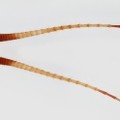
Two Tails
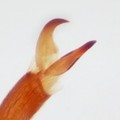
Two Tarsal Claws
family
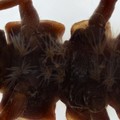
Gill Tufts on Thorax and Abdomen
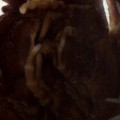
Paraglossae And Glossae Subequal
+ Expanded Character List
Order:
Wings developing in wing pads. Mouthparts suitable for chewing. Gills digitiform and located near mouthparts, on neck, sides of thorax, or underside of base of abdomen, never on top or sides of abdomen. Two tarsal claws per leg. Only two tails (cerci).
Family:
The body is dark and can be quite large (up to 2 inches), with profusely branching gills under the thorax and basal abdominal segments; the wing pads are divergent.
Genus:
Large stonefly, lateral projections on abdominal segments, gill tufts under thoracic segments and 1st two segments.


Dorsal
Ventral




